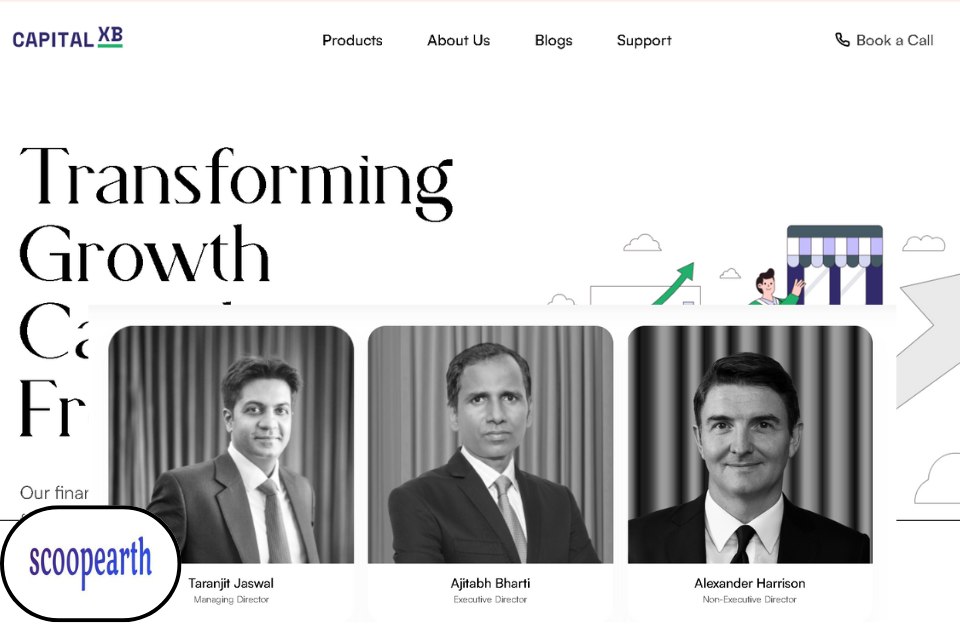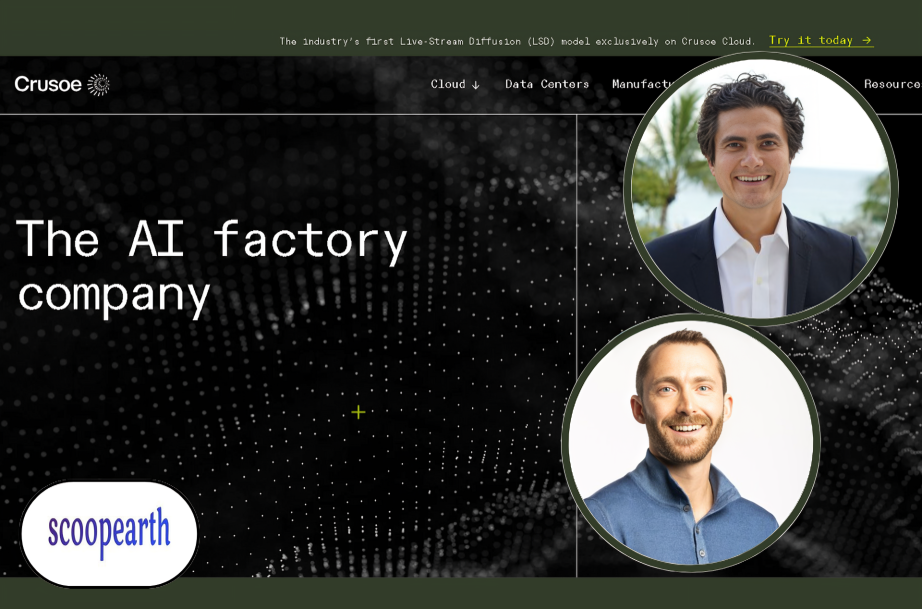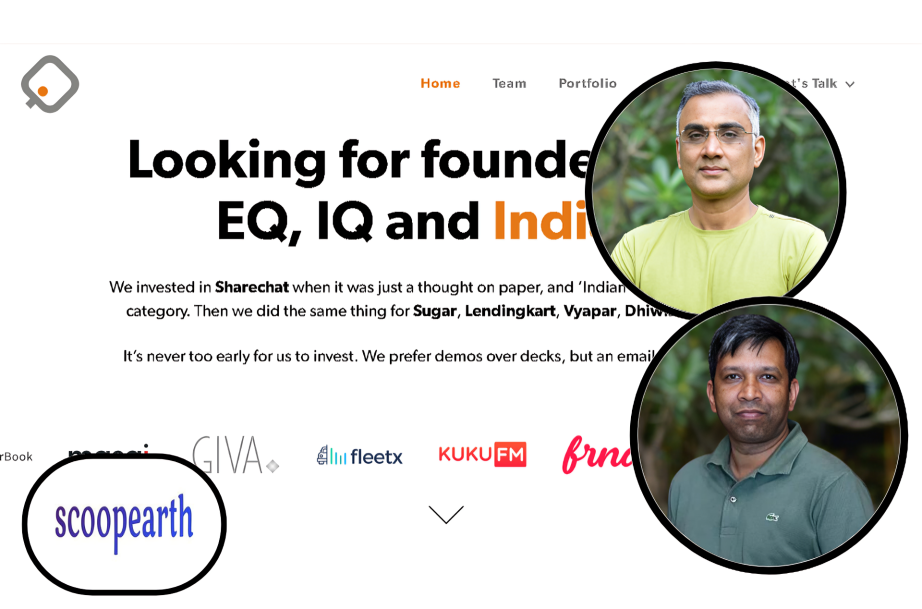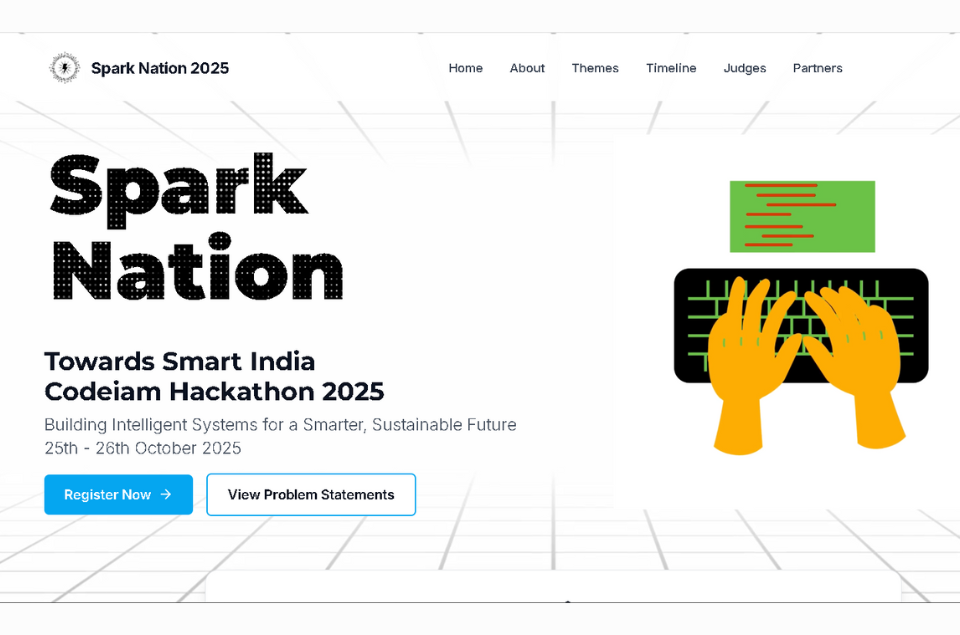How Strong Leadership Shapes Scaled Agile (SAFe) Success?

SUMMARY
The Agile process is becoming increasingly popular in organisations. Scaling it in large organisations has become a challenge for many, as it has to be scaled across multiple teams and departments. This is the juncture where the role of an agile leader becomes crucial in driving agile success. The current article discusses how a strong agile leader shapes the success of the scaled agile in the organisation.
A company’s decision to go agile means it wants to change the way teams work, which in turn needs support, guidance, and encouragement. This is the juncture where the role of an agile leader becomes crucial. Without proper leadership in scaling agile, the team cannot find the maximum benefits of scaling agile.
What is Scaled Agile?
Scaled agile in the organisation is more than adopting a framework in the organisation. Scaling agile in the organisation is spreading agile beyond individual teams, shifting the work culture that needs collaboration, adaptiveness, and transparency. Agile execution at scale needs a structured approach for team-level execution.
Role of Strong Leadership in Scaled Agile Success
Let’s understand the role of strong leadership in SAFe success.
Define Clear Goals
Communicating clear goals and ideas behind scaling agility in the organisation avoids chaotic decentralisation. The teams will know their purpose, like delivering customer-centric products, bringing innovation and technology into the organisation, and any other shared objectives. When everyone in the teams knows the reason behind scaling agile in the organisation, they can proactively work towards achieving the shared goals and understand how it contributes to organisational success.
Scaling Agile at the Team Level
Scaling agile involves implementing it beyond individual teams. Leaders should understand that each team is unique, though agile is being implemented to work towards shared goals. The leader of agile should allow the teams to emerge while implementing the methodology. A strong leader should know the strengths of each team and the things that work best for them before implementing agile.
Build a Customer-centric Organisation
Building a customer-centric organisation is building an organisation that focuses on creating products that focus on customer requirements. The leader should motivate the team to move to customer outcome metrics and focus on the problems to be solved for the customer. The leader should empower the team with accountable roles and remove excess hierarchy between the business and delivery teams to ensure they have a clear vision of customer requirements. They should have a shared product vision that relies on outcomes that satisfy customer requirements. Introduce feedback loops at every level through sprint reviews so that each PI improvement release gives the teams learning goals based on customer feedback. If you are looking for an opportunity as a project manager, you can boost your career opportunities with SAFe Agilist certification training. The skills earned through the training program will ease the process of scaling agile in a large organisation.
Continuous Improvement
A strong agile leader should foster a culture of continuous learning in the teams. They should encourage the team to learn new things every day to excel in the agile environment. Maintaining consistency across the teams is the biggest challenge in agile environments. The leader should standardise agile frameworks across teams, like Scrum and SAFe, and encourage teams to work as per the needs within set boundaries. The leader also uses measurement metrics for successful alignment across the teams and uses them as a learning tool rather than a performance stick. Agile adaptability is about continuous learning and improvement. Establish feedback loops between the teams to share learnings and become a servant leader to foster shared and continuous learning between cross-functional teams.
Scaling Agile is not a One-time Process
The leaders should learn that scaling agile is not a one-time process. The leaders should give time for adoption. They should give time for adoption and understand that incremental progress is needed for sustained growth. When scaling agile overnight, the leader should give teams enough time to learn and adapt to the process.
Improve Cross-functional Collaboration
Scaling agile in the organisation spreads beyond individual teams. The leaders should identify cross-functional collaboration for smooth workflows and prevent product development delays. They should identify inter-team dependencies early and foster communication between them. Assign a manager for every dependency team to track the progress of the work and resolve the issue at the earliest. Review the dependencies through regular meetings to identify obstacles proactively.
Empowering Teams to Self-Organisation
The leader should encourage decentralised decision-making, the core principle of Agile. The strong leader should trust their teams and give them authority so that they can remove obstacles and perform their best. The teams should be allowed to experiment and learn from their mistakes. They should be a strong servant leader who supports them rather than directing the team, which allows the team to engage and produce better outcomes.
Leading Cultural Shift
The leader’s great challenge in scaling agile across an organisation is driving a cultural shift. Agility in the organisation does not focus on delivering the value faster but on embracing new ways of working that foster collaboration over control. The leaders should be open to feedback and establish channels for open and transparent communication, even when it is tough.
Conclusion
Agile leaders are essential in scaling agility in the organisation. As the agility spreads beyond individual teams, the leaders play a key role in framing the right goals and making the organisation support agility. They foster the culture of contentious learning rather than merely tolerating it.
Note: We at scoopearth take our ethics very seriously. More information about it can be found here.
















